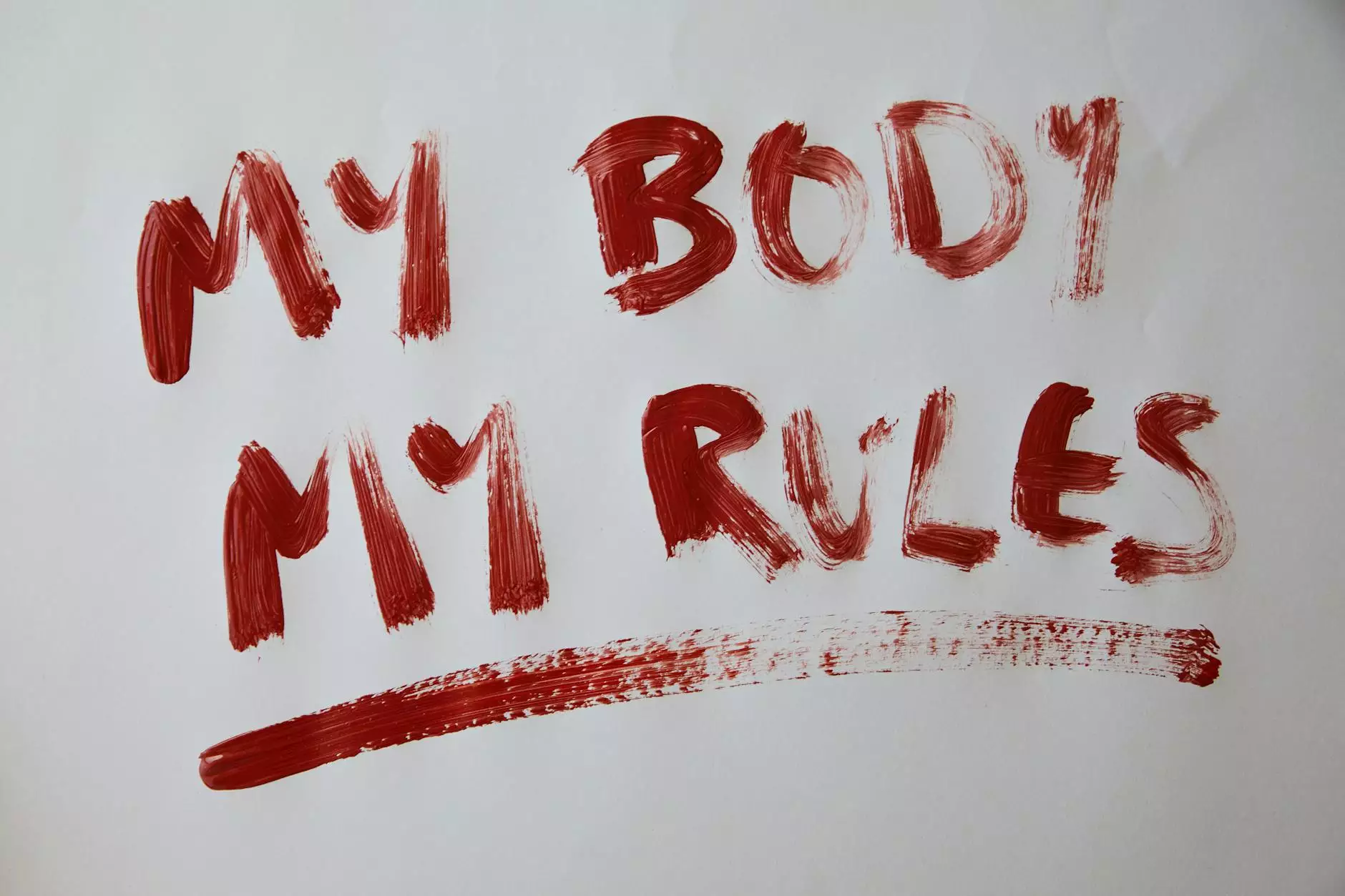What's The Difference Between Relinquishment And Termination of Parental Rights

Introduction
In the realm of family law, there are various legal processes that deal with parental rights. Understanding the difference between relinquishment and termination of parental rights is crucial when navigating these complex matters. In this comprehensive guide, John P. Bennett, Attorney at Law, will shed light on these two distinct processes and provide valuable insights into their implications.
The Meaning of Relinquishment
Relinquishment of parental rights refers to the voluntary act of a biological or legal parent giving up all rights and responsibilities associated with parenthood. This process typically occurs when a parent is unable or unwilling to care for their child and wishes to transfer these rights and responsibilities to another suitable caregiver.
When a parent chooses to relinquish their parental rights, they are essentially surrendering their legal, financial, and custodial obligations towards the child. This can be done through a formal legal process, ensuring that it complies with the stipulated laws and regulations of the jurisdiction.
The Process and Implications of Relinquishment
Relinquishment of parental rights involves multiple steps to ensure a proper and legally-binding transition. Seeking the guidance of an experienced family law attorney, such as John P. Bennett, Attorney at Law, can greatly facilitate and streamline the process.
Step 1: Consultation
The first step in the relinquishment process is to schedule a consultation with an attorney specializing in family law. During this consultation, you will discuss your specific circumstances, reasons for wanting to relinquish parental rights, and explore alternative options that may better suit your needs.
Step 2: Petition for Relinquishment
Once it is determined that relinquishment is the desired course of action, your attorney will assist you in preparing and filing a petition for relinquishment. This legal document outlines your intentions and provides the necessary information required by the court.
Step 3: Court Proceedings
After filing the petition, a court hearing will be scheduled. During this hearing, the judge will review the details of your case, including the best interests of the child involved. It is essential to present your case effectively and convincingly with the support of your attorney.
Step 4: Legal Considerations
Upon successful completion of the court proceedings, the court will issue an order formally terminating your parental rights. It is crucial to understand that relinquishment does not absolve you of any outstanding financial obligations, such as child support or medical expenses.
The Meaning of Termination of Parental Rights
Termination of parental rights, on the other hand, is a legal process initiated by the court that permanently severs the relationship between a parent and their child. This process is usually involuntary and occurs when it is determined to be in the best interests of the child's well-being and safety.
Termination of parental rights can happen for several reasons, including but not limited to abandonment, neglect, abuse, or the parent being deemed unfit due to substance abuse or criminal activity.
The Process and Implications of Termination
The process of terminating parental rights is complex and requires substantial evidence to support the claims brought against the parent. It is essential to have an experienced attorney, like John P. Bennett, Attorney at Law, by your side to navigate this challenging legal terrain.
Step 1: Investigation
An investigation by Child Protective Services (CPS) may be initiated when there are concerns about a child's safety or well-being. CPS will gather information, interview relevant parties, and assess the child's living situation to determine if there are grounds for termination of parental rights.
Step 2: Court Proceedings
If CPS determines that termination is warranted, they will file a petition with the court to initiate the legal process. The court will then hold hearings where evidence will be presented, witnesses may testify, and expert opinions may be sought to establish the necessity of terminating parental rights.
Step 3: Best Interests of the Child
The primary objective of the court in termination cases is to determine the best interests of the child. The court takes into account various factors, such as the child's safety, well-being, and the ability of the parent to provide a stable and nurturing environment.
Step 4: Final Order
If the court decides to terminate parental rights, a final order will be issued. This order legally severs all ties between the parent and the child, including custody and visitation rights. The child may then be placed in foster care or adopted by another suitable caregiver.
Conclusion
Understanding the differences between relinquishment and termination of parental rights is crucial when dealing with family law matters. Each process has its own set of implications and requirements, and it is essential to seek proper legal guidance to ensure compliance with all necessary regulations.
John P. Bennett, Attorney at Law, is dedicated to providing expert legal advice and guidance to individuals navigating these challenging situations. With their extensive experience in family law, they can help you make informed decisions to protect your rights and the best interests of your child.










